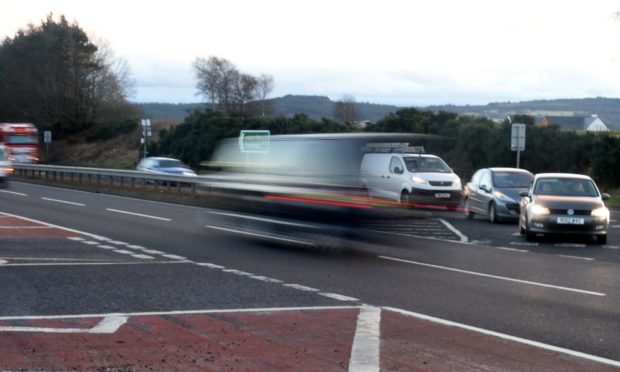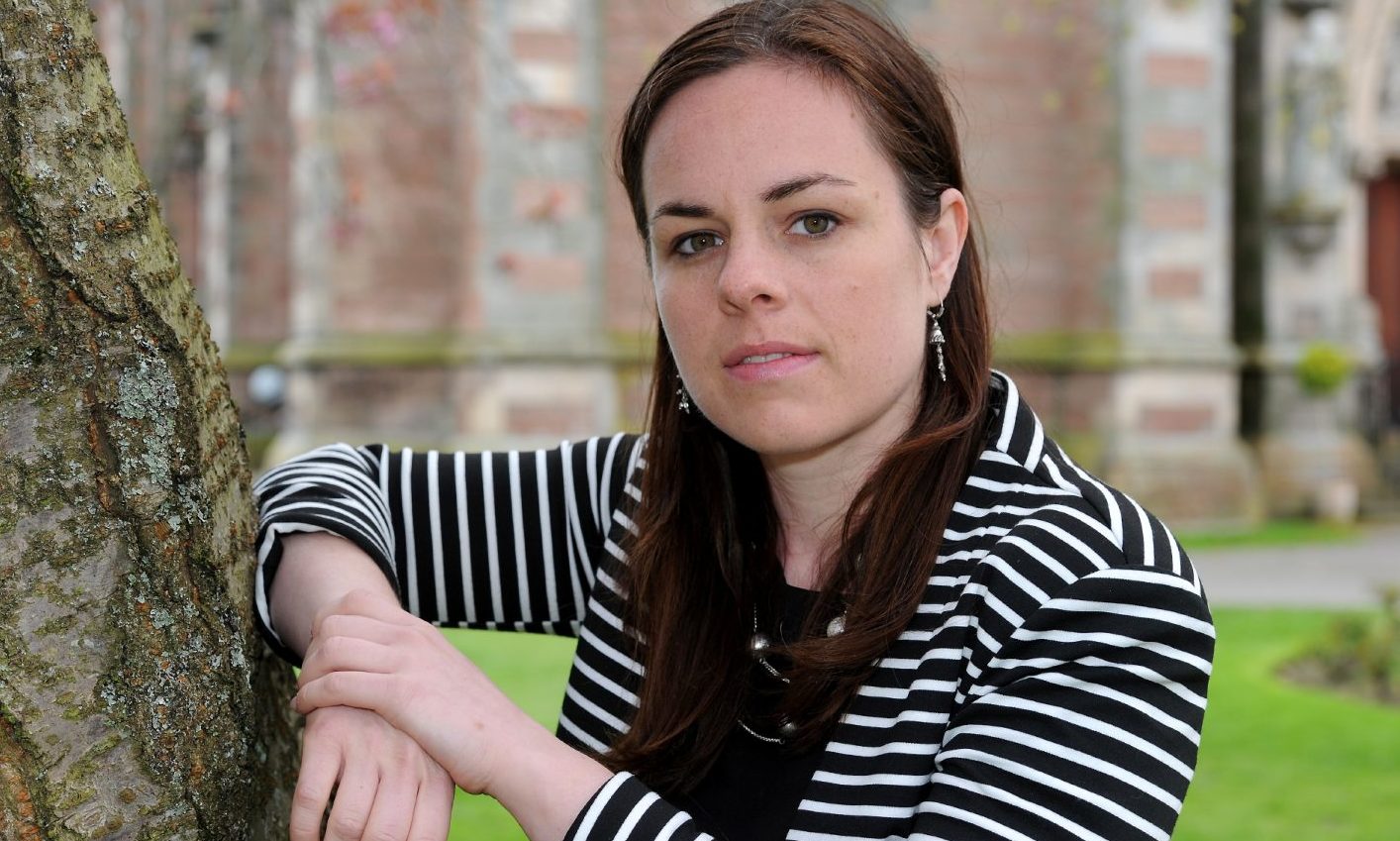Almost one near miss a minute was recorded by independent investigators tasked with assessing safety on a notorious stretch of north road.
In the space of one worrying two-hour period, more than 100 motorists merging onto the A9 North Kessock to Tore road at the Munlochy junction were forced to brake or change lanes to avoid a collision.
During a separate week-long study, more than 50% of drivers were recorded travelling at more than 70mph at three points surrounding the blackspot.
A 40-strong “longlist” of options to improve safety on the stretch has now been submitted to Transport Scotland – which commissioned the study – as part of a 284-page in-depth report.
Safety study
Engineering consultancy WSP was appointed to carry out the work in light of the increasing number of safety concerns raised in recent years.
Since 2010, 29 crashes have been reported on the stretch including one fatal accident and two in which people were left with serious injuries.
The junction has been the subject of community meetings and consultations and there have been pleas from Skye, Lochaber and Badenoch MSP Kate Forbes on behalf of worried constituents.
Following the publication of the report, Ms Forbes said it was important it recognises there are problems and identifies them clearly – enabling the next steps to be taken to alleviate them.
Between September 10-12, investigators captured 24-hour video footage of all six junctions between North Kessock and Tore.
They then carried out further investigations to find evidence of the “conflicts and risk-taking behaviour” which had previously been raised.
When considering the Munlochy junction, they found a “large number” of incidents at the left-turn merge, where motorists were preparing to exit the B9161 and merge onto the southbound A9.
Between 7-9am on the first day, there were exactly 100 precautionary conflicts noted, where motorists were seen braking for a vehicle waiting to emerge from the junction or moving to the outside lane as a precaution.
A further 11 vehicles were spotted carrying out controlled braking or changing lanes to avoid a collision, but still leaving “ample time” for the manoeuvre.
In their report to Transport Scotland, the investigators said the conflicts could be placed into one of two categories.
The first has motorists “expecting” vehicles already on the A9 to brake or change lanes to avoid a collision, while the second forced vehicles entering the road to brake and then attempt to join the A9 from a standing start.
Speed concerns
In March last year, a seven-day speed survey was conducted at four points surrounding the Munlochy junction.
One site found 48% of drivers had been travelling above the 70mph limit, while the remaining three found 52%, 53% and 59%.
At one of the southbound locations, almost 6% of motorists were spotted at speeds of above 85mph.
When considering the stretch as a whole, WSP found there were “no common contributory factors” to drivers’ behaviour.
Report is ‘important first step’
It has proposed a 40-point list of options to reduce speed and change road layouts, pulling ideas from a survey by Kate Forbes, public workshops and internal suggestions.
These include new speed limits, cameras, rumble strips, signs, traffic lights and an underpass.
Ms Forbes said: “In January 2020, I committed to securing a review of the Munlochy Junction after too many accidents and near misses.
“Although the review was delayed by Covid, I was pleased that it resumed last autumn.
“After extensive consultation, traffic studies and the in depth work of engineering consultants, this is a comprehensive report.
“Importantly, the review accepts that there are problems and it identifies them clearly.
“That is followed by a list of options for addressing the problem.”
She added: “Of course, a review doesn’t fix the problem, but it is an important first step.
“It is the culmination of months of work and I’d like to thank all the local users who made contributions.”
A Transport Scotland spokeswoman said: “Through detailed analysis of a wide range of evidence, the report showed that a case for change has been established for the A9 North Kessock to Tore.
“We have now instructed WSP to proceed with the next stage of the study which will look at how the various options contained in the report can address the problems and opportunities identified.”

